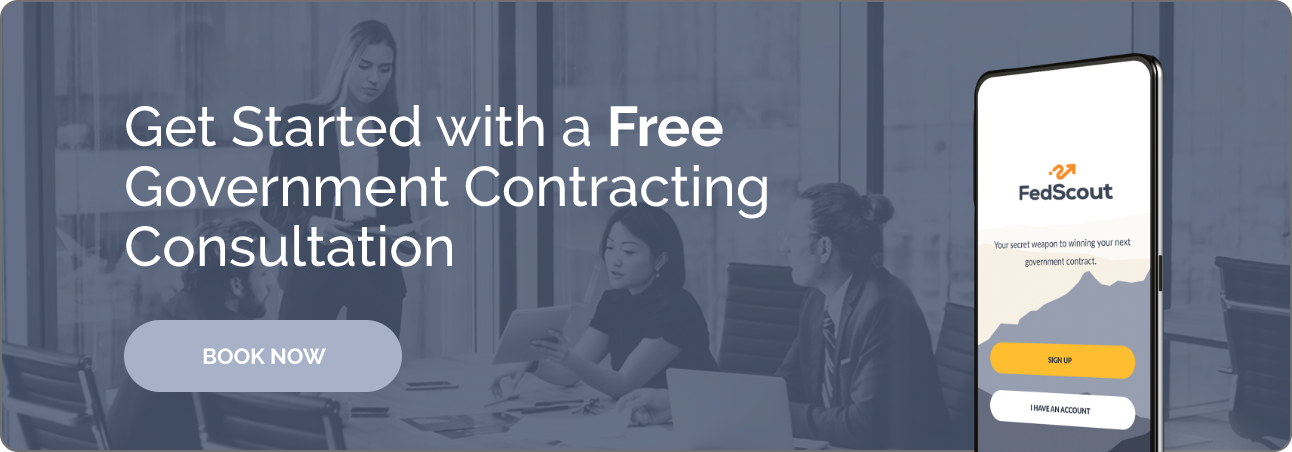Time to read: 3 min
Some federal RFPs bill themselves as startup-friendly. But below are a few elements of a supposedly startup-friendly proposal that almost convinced us not to apply.
We found that it took us three times longer to understand the application than it did to fill it out. The process was inefficient—and, frankly, nerve-wracking. And we had some experience in the area. A smart but inexperienced startup might simply have given up.
Examples
Contradictions and lack of clarity can slow down the application process tremendously. Below is an example in which vague language meant it was difficult to know what counted as an amendment to the solicitation:
Instructions for Section 1 stated that the Cover Letter must provide "Acknowledgement of any Amendment to this solicitation, to include signed copies attached to the Cover Letter (will not count against the two-page limit.)"
However, instructions for Section 4 stated that we must provide "Signed and completed SF1449 (page 1, blocks 30a-30c) as well as any SF 1449s for amendments."
So does the government want signed SF30s within both the Section 1 and Section 4 volumes? Better yet, why not simply have one application?
Best Practices
We’d like to see these applications changed for the better, taking the following into account.
- Headers should be descriptive and titles should be informative.
- Documents should be consolidated wherever possible—there’s no need for duplication.
- Want people to fill out documents? Take screenshots and show, with simple highlighting and arrows, what they need to do.
Recommendations
We have some recommendations on how to make the federal government RFP process more streamlined.
- All government proposals should operate from a basic template that applicants can fill in to start the process.
- Any proposal process longer than about 20 pages should unfold in two phases:
- The first phase would involve submitting a simple two-page preliminary proposal outlining an applicant’s relevant experience.
- Promising applicants could then be selected to go on to the second phase, in which they’d submit full proposals.
The cost in hours of generating some of these proposals approaches a full year of someone’s labor. A company that invests that time but doesn’t win its bid sees no value added—that time is simply lost.
The method outlined above would cut down on time-consuming administration for applicants, as well as on the government’s end, as there would be fewer full proposals to evaluate.



